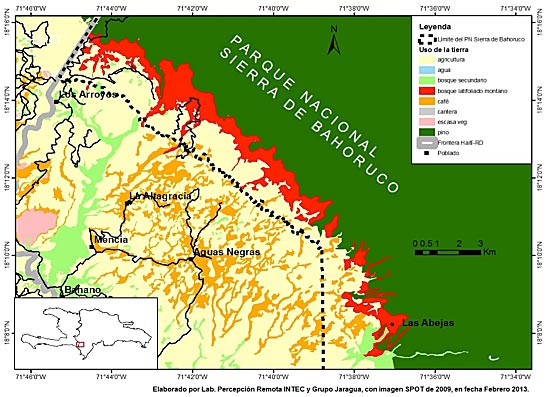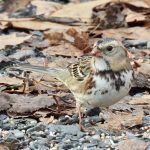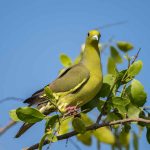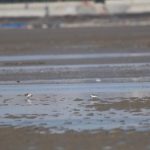
Any birder who has committed to accumulating an impressive ABA-area list knows about the rare and elusive Bicknell’s Thrush. Believe me, after hiking up a mountain in the middle of the night just to catch a glimpse of this bird, I have mixed feelings about whether we even need it in a world with abundant Gray-cheeked Thrush, its more copious counterpart. But, to paraphrase Monty Python, every species is sacred.
Conservation of migratory species must be an international affair. No matter how much we do to protect the breeding grounds of Neotropical migrants, we can’t assure the safety of those species that lose essential wintering habitat. That’s why Hugh Powell’s newest report on the Cornell Lab of Ornithology blog that Bicknell’s Thrush surveys in the Dominican Republic have revealed illegal clearing is so chilling. Even if you wouldn’t shed too many tears to lose a seemingly superfluous species, the threat of habitat loss to wildlife is a global concern that imperils migratory and resident species alike. For example, the Sierra de Bahoruco National Park is not only the winter resident for many Bicknell’s Thrushes, but also home to many of Hispaniola’s endemic species. The expanse of cloud forest also serves critical, irreplaceable ecological functions for both the Dominican Republic and Haiti.
Earth Day is a special day to consider conservation because of its global vision. Protecting even the most range-limited species sometimes requires that we look well beyond our respective borders. Count on Cornell and their Dominican partner Grupo Jaragua to keep you keep you posted on developments in the Sierra de Bahoruco. But also consider how you can think locally and act globally to preserve species.













I witnessed deforestation in the park first-hand last summer.
See: http://birdaholic.blogspot.com/2012/08/birding-dominican-republic.html
and scroll down past the first 10 or so bird photos…